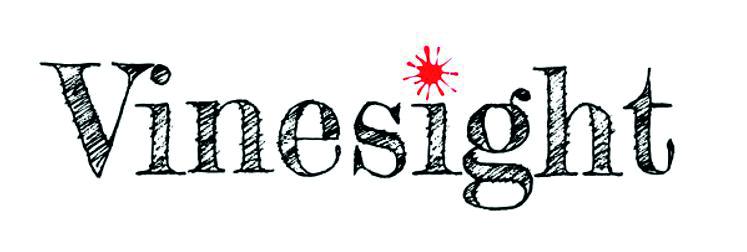



by Darren Willmott
As summer approaches and thoughts turn to al fresco eating and drinking, the warmer months are a wonderful time to visit a UK vineyard.
If you’re already partial to a glass of wine it really helps to bring the journey from grape to glass alive, but if you’re just getting interested in the subject there’s no better way to get hooked!
The first UK vineyards date back to the mid-1980s and were at best viewed as experimental and not expected to make a big impact.
It’s only since the turn of the century that English wine has really come of age and able to compete on the world stage where they now win award after award, year after year. So, what has changed?
The south-eastern coastline of England broke free of France and mainland Europe during the middle stone age, but it’s worth remembering that we still share the same sub-soils. In geological terms there isn’t actually much diffeence between us and the much-revered northern French wine regions of Champagne and Burgundy.
But grapes, like any other fruit, have certain minimum requirements to grow successfully and this includes access to both heat and light. At 51° latitude the southern part of the UK has what was traditionally considered a marginal climate, lying just outside the perfect conditions for grape growing (30-50°C).
Average UK temperatures have been nudging up just a small amount each year and, when combined with the significant strides forward in wine production technology, we’re now getting riper fruit of better quality too.
There’s now something like 130 vineyards in the UK, including (a fairly unsuccessful) one as far north as Scotland.
It’s early days but it may well be worth saving your pennies and buying up any land for sale in the midlands, just in case!
Not all vineyards are geared up for hosting tastings and tours (you can find a comprehensive list at www.englishwineproducers.co.uk) but, in a whistle-stop tour across the counties, here’s my run-down of ones to try.
Camel Valley (Cornwall, visits April to Sept, starting at £8.50 per person). Cornwall’s largest vineyard and another multi award winner. Beat Champagnes Bollinger and Roederer to win ‘Best International Sparkling Wine’ in 2010. Ridgeview (East Sussex, April to Sept, from £15pp). Nestled within the picturesque setting of the South Downs national park, Ridgeview are one of two official suppliers of sparkling wine to 10 Downing Street. Chapel Down (Kent, May to Oct, from £10pp). With a brand new state-of-the-art tasting room and wine bar, this producer has just had one of their wines listed as a ‘Star Buy’ by The Times newspaper.
Brightwell (Oxfordshire, Fri-Sun in season, or by appointment). Not too much in the way of visitor facilities, but one of the few vineyards that allows you to help pick the grapes at harvest time (October), which I have done on several occasions.
Denbies (Surrey, March to Oct, from £7.50pp). The highlight is a wonderful 50-minute train ride up to the top of the vineyards to enjoy a glass of something sparkling whilst overlooking the spectacular views of the vines and nearby Box Hill.
All wine is by nature a limited edition product, but it’s worth noting that many of our producers make just a few thousand bottles of each wine each year, so when you drink one you are part of an experience that is truly rare and special. Celebrate and enjoy. Cheers!
l Follow Darren on https://vinesight.me/tag/wine-blogging/
